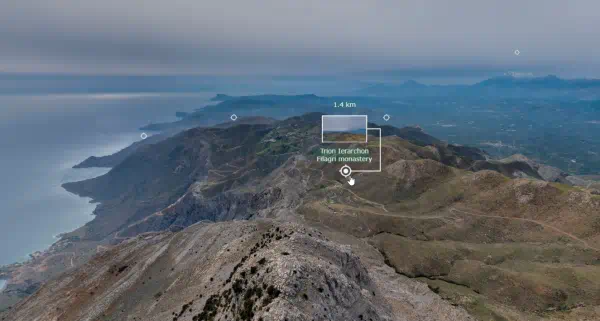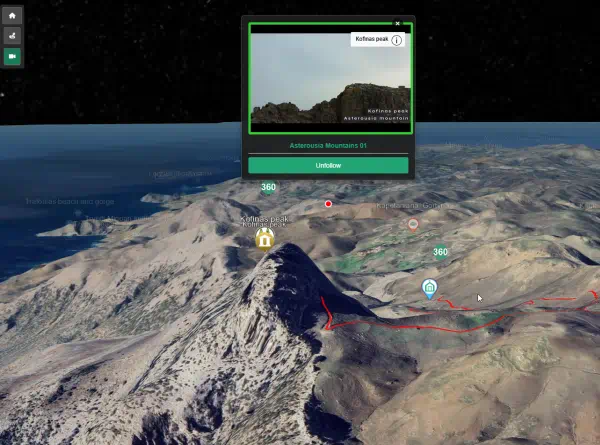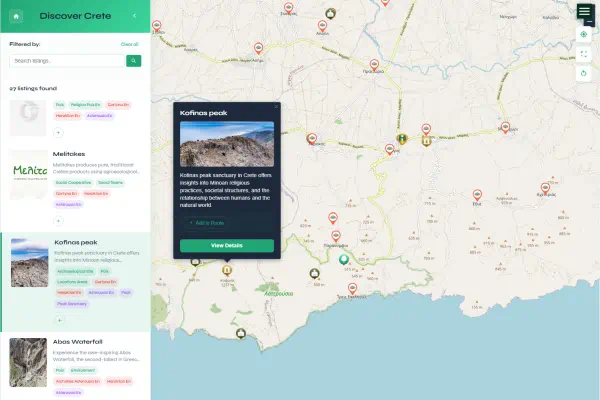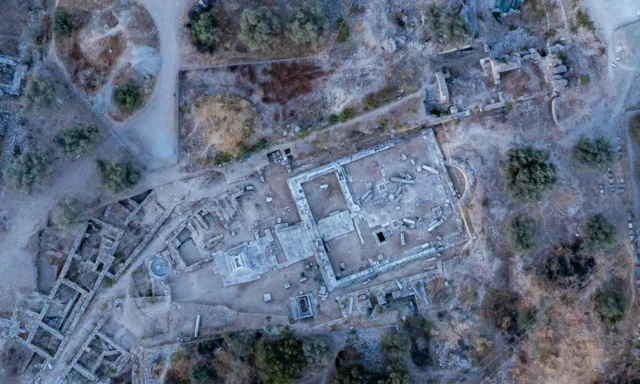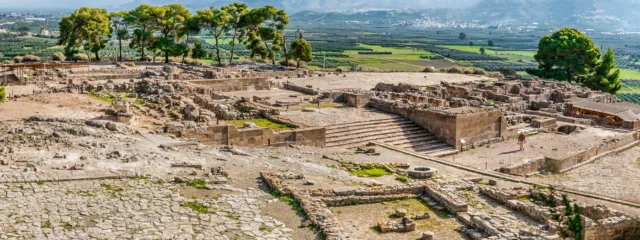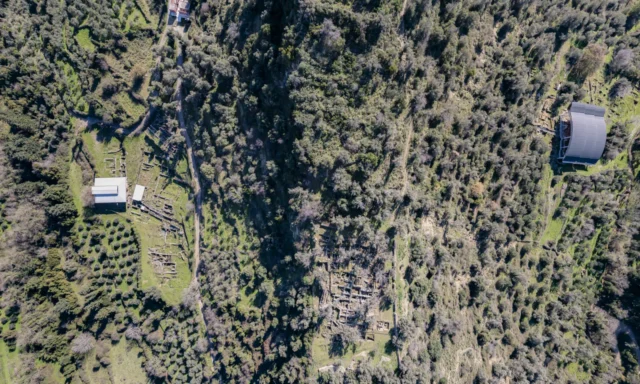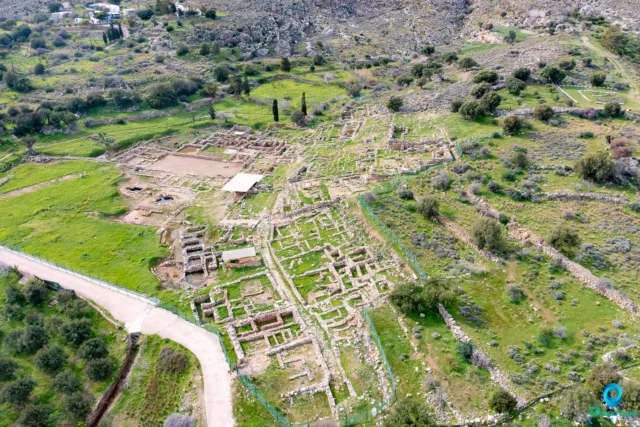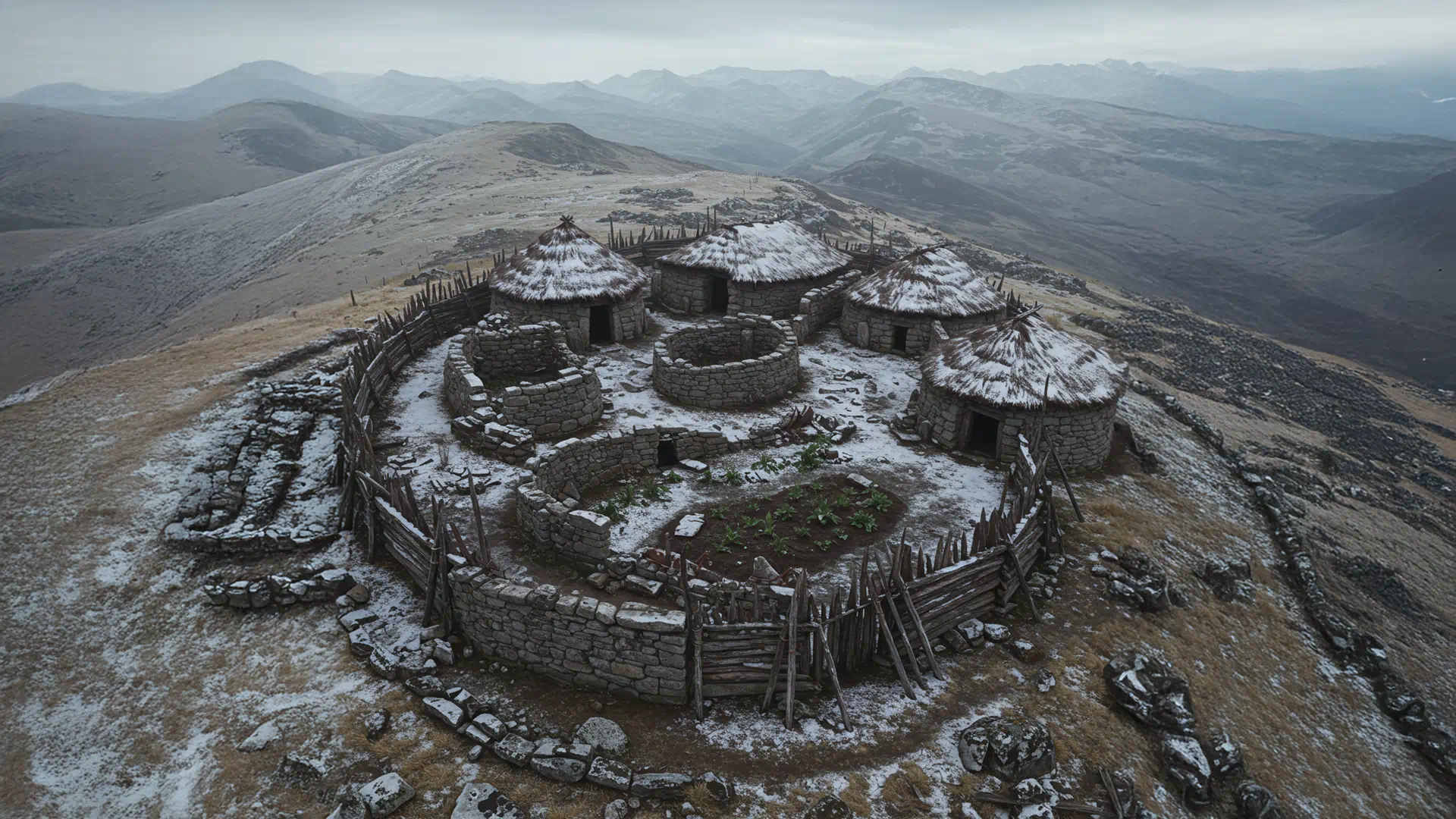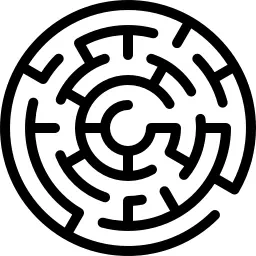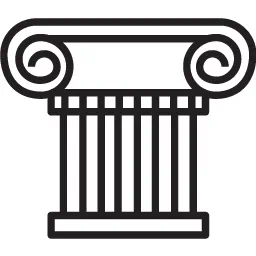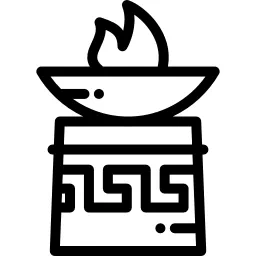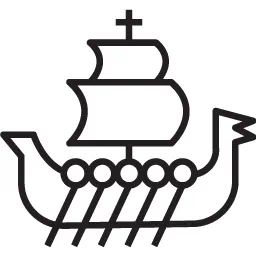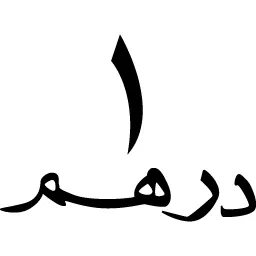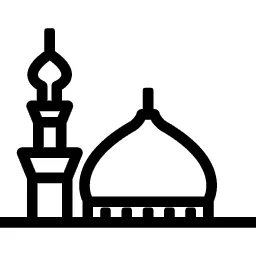Setting the Stage: The Late Bronze Age Collapse
Core Themes of Post-Minoan History
The narrative of Crete from the dawn of the Iron Age to its integration into the Byzantine world is shaped by several recurring analytical themes. The first is the dynamic interplay of continuity and rupture. While the collapse of the palaces brought the loss of centralized administration, monumental architecture, and literacy, many elements of the island’s deep past, from agricultural practices to religious traditions, endured and were adapted by new populations and social structures. A second theme is the tension between insularity and connectivity. Crete’s geography as a large, mountainous island fostered the development of unique, fiercely independent local cultures. Yet, its strategic position at the heart of the Mediterranean ensured it was never truly isolated, serving as a crucial crossroads for trade, cultural exchange, and political influence between Greece, Egypt, and the Near East. Finally, the history of this period is one of constant adaptation and transformation, as Cretan society repeatedly reconfigured itself in response to new realities, from the political fragmentation of the Dark Ages to its pacification and integration into the vast economic and administrative system of the Roman Empire.
The Early Iron Age: Reconfiguration and Re-emergence (c. 1100–700 BCE)
The term “Dark Ages,” once used to denote a period of supposed cultural void, is now understood by scholars as a dynamic phase of societal reorganization. For Crete, the centuries following the collapse were a foundational period in which a new order was forged. This era is divided into distinct phases based on evolving material culture, primarily pottery. It’s important to note that the dates for these periods are approximate and subject to scholarly debate, as they represent gradual stylistic changes rather than sharp historical breaks. The main phases are the transitional Sub-Minoan, followed by the Protogeometric and Geometric periods.
A Society in Flux: Settlement and Demography
The most dramatic evidence of the profound insecurity following the collapse of the palaces is a radical shift in settlement patterns. Across the island, populations abandoned vulnerable coastal and lowland sites, retreating to inaccessible and naturally fortified locations high in the mountains. This “refuge settlement” phenomenon was a strategic adaptation to the breakdown of the centralized palatial economy, which had previously guaranteed security and redistributed agricultural surplus. Without this central authority, communities were forced to prioritize defense and local self-sufficiency.Archaeological investigations at key sites paint a vivid picture of this era. Karfi, perched on a windswept peak in the Lasithi Mountains, Vrokastro, overlooking the Gulf of Mirabello, and Kastro near Kavousi in eastern Crete all exemplify this trend. These settlements, often featuring simple, irregular architecture, suggest a period of instability. This physical fragmentation led to social reorganization into smaller, kin-based groups. Over time, through the Protogeometric (c. 1050–900 BCE) and Geometric (c. 900–700 BCE) periods, a reverse trend began. These scattered refuge sites were gradually abandoned as populations started to congregate in larger, more centralized settlements, a process of nucleation that laid the essential groundwork for the emergence of the Cretan city-state, or polis.
The Dorian Question and the Eteocretans
Traditional Greek historiography, based on later legends, explains the transition to the Iron Age with the narrative of a violent “Dorian Invasion” around 1100 BCE. In this telling, iron-wielding Greek-speaking warriors from the mainland conquered Crete, subjugating or displacing the native population. However, modern archaeology has largely discredited this simplistic model. Excavations have failed to identify a distinct “Dorian” material culture assemblage that would signal the arrival of a new people, and the destructions of the Late Bronze Age are no longer definitively attributed to them.The evidence instead points to a more complex and protracted process of migration and integration. Rather than a single invasion, it is likely that smaller groups of Dorian-speakers settled on the island over several generations, interacting, intermarrying, and merging with the surviving indigenous populations. This model of cultural synthesis is strongly supported by the attested survival of the Eteocretans, or “True Cretans.” Mentioned in Homer’s Odyssey as a distinct people with their own language living alongside Dorians, Achaeans, and others, the Eteocretans represent a clear continuity with the island’s pre-Greek past. The discovery of inscriptions from the 7th to 3rd centuries BCE at Praisos and Dreros, written in the Greek alphabet but in an undeciphered, non-Greek language, provides conclusive proof of their persistence. This co-existence demonstrates that the Dorian arrival was not a simple replacement but a complex negotiation of power and culture. The unique character of later Cretan society—its conservative laws, distinctive social institutions, and the deliberate revival of cults at old Minoan sites—was the product of this fusion, creating a hybrid identity that was neither purely Minoan nor purely Dorian, but uniquely Cretan.
Material Culture and Economic Life
The material record of the Cretan Early Iron Age is dominated by pottery, which serves as the primary tool for dating cultural change. Ceramic styles evolved from the final Mycenaean forms into a transitional Sub-Minoan style (c. 1100–1050 BCE) that blended old traditions. This was followed by the Protogeometric (c. 1050–900 BCE), with its simpler, more ordered designs like concentric circles, and then the more complex Geometric style (c. 900–700 BCE). In this phase, pottery became covered in intricate patterns like meanders and, eventually, stylized human and animal figures.Beyond pottery, the period is marked by the adoption of iron technology for tools and weapons, a defining feature of the new age across the Aegean. Other crafts continued, including metalworking that produced bronze tripods and personal ornaments like fibulae (brooches). Traditional burial customs also persisted, such as the use of clay coffins known as larnakes.
Reconnecting with the World: The Orientalizing Dawn
After an initial period of relative isolation, archaeological evidence from coastal sites like Kommos and major centers like Knossos reveals the re-establishment of maritime trade from the 10th century BCE onwards. These renewed contacts were overwhelmingly directed toward the Eastern Mediterranean, forging strong links with Cyprus, the Levant (particularly the Phoenician cities), and Egypt. This influx of eastern goods, technologies, and artistic motifs initiated the Orientalizing period (c. 700–600 BCE). This vibrant phase, often considered the Early Archaic period, occurred earlier and was more pronounced on Crete than on the Greek mainland. It serves as the creative bridge between the Geometric era and the cultural renaissance of the subsequent Archaic period, which saw the full formation of the Cretan city-states.
Chronological Summary
Period | Approximate Dates (BCE) | Key Characteristics |
Sub-Minoan | c. 1100–1050 BCE | Transitional phase after the Bronze Age collapse. Continuation of some Minoan/Mycenaean traditions but with declining quality. |
Protogeometric (PG) | c. 1050–900 BCE | The beginning of the true Iron Age. Simple geometric pottery with shapes like concentric circles. Population shift to defensible “refuge settlements” in the mountains. |
Geometric (G) | c. 900–700 BCE | Development of complex geometric art covering entire vases with meanders, triangles, and stylized figures. Slow population recovery and the beginning of resettlement in lowland areas. |
Orientalizing / Early Archaic | c. 700–600 BCE | A vibrant period of renewed contact with the Near East (the “Orient”). Art is filled with griffins, sphinxes, and floral motifs. This phase is the direct precursor to the full Archaic period. |

